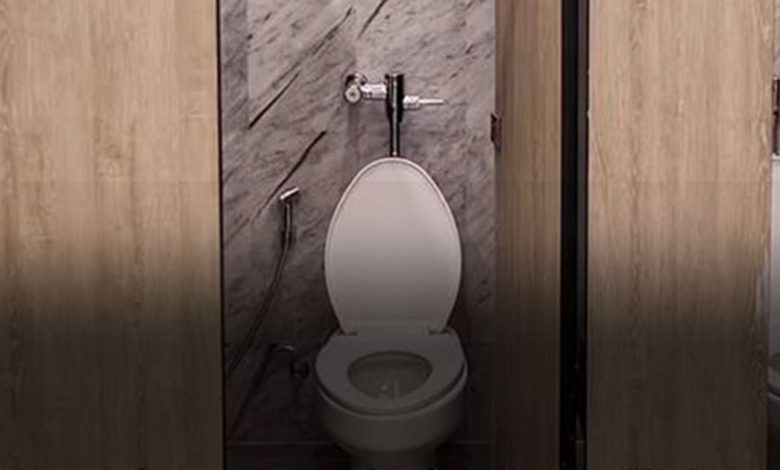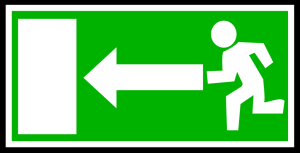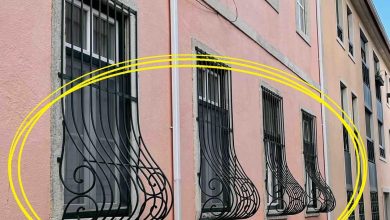People Shocked to Learn Reason Public Toilet Doors Don’t Touch The Floor

Have you ever noticed that the doors in public restrooms rarely extend all the way to the floor? This design choice might seem a bit strange at first glance, leaving some feeling exposed. However, this seemingly peculiar feature is not accidental. In fact, there are several well-thought-out and practical reasons why public toilet stall doors are designed with that noticeable gap. Let’s explore the various explanations provided by experts and supported by observations.
One crucial reason for this design is emergency access. In unforeseen circumstances where someone inside a stall requires help, this gap becomes incredibly important. As TikTok user MattypStories aptly puts it, “If there’s ever an emergency, it would be pretty easy to see what happened and get the person some help.” This open space allows others to quickly assess the situation and offer assistance without having to force open a locked door.

Another significant factor is easier cleaning. Maintaining a hygienic environment in public restrooms is a top priority. The gap at the bottom of the doors greatly simplifies the cleaning process for custodians. As a toilet fitting company, ToiletPartitions, explains, “The open floor plan makes it easy for janitors to clean the stalls. A mop or pressure washer can easily fit into the stalls and between the doors on the floor.” This design allows for efficient and thorough cleaning without obstructions.

From a practical standpoint, cost-effectiveness also plays a role. Manufacturing and installing doors that don’t reach the floor is less expensive compared to full-length doors. MattypStories points out, “It’s a lot cheaper to buy a door that has part of it cut off than the full door itself.” These cost savings can accumulate, especially in large public facilities.

Furthermore, the gap contributes to improved air circulation. Proper ventilation is vital in public restrooms to manage unpleasant odors. The space beneath the doors allows for better airflow, helping foul smells to dissipate more quickly. As WC Portables notes, “The gap between the door and the floor provides a quick escape of the foul smell that was generated by previous users.”

Interestingly, the design also helps in preventing misbehavior. The partial enclosure reduces privacy, making it easier for others to notice any inappropriate actions. WC Portables adds that “Shorter doors help ensure the toilet queue flows and people refrain from exhibiting poor behavior due to the embarrassment of being spotted.”

In situations where the door lock malfunctions or becomes jammed, the gap offers a vital escape route. As one user suggested, “If the door gets stuck, you can crawl out.” This simple design element can prevent individuals from being trapped and ensure their safety.

The gap also serves as a subtle indicator of occupancy. Instead of having to knock awkwardly on each stall door, a quick glance at the gap can reveal whether the stall is vacant or occupied. ToiletPartitions explains, “Rather than having to knock on the door to see if a public bathroom is available, a gap at the end of the stall helps to determine if the stall is vacant or not.” This saves time and avoids potential embarrassment.

The reduced sense of complete privacy can also contribute to a faster turnover of stalls. WC Portables suggests, “When individuals sense others can listen to their business that easily, they are prone to wrap up quickly.” This can help reduce waiting times, especially in busy public restrooms.

Finally, the gap facilitates access to supplies or assistance if needed. If someone runs out of toilet paper or requires help inside the stall, the space allows for easy communication or for someone to pass items through. As another user noted, “You can ask someone for toilet paper if you don’t have it.”

In conclusion, while the design of public toilet doors with a gap at the bottom might initially seem unusual, it is a result of several practical considerations. From enhancing safety and hygiene to saving costs and improving efficiency, this design addresses various needs in the management of public restrooms. So, the next time you find yourself in a public bathroom, remember the thoughtful reasons behind this seemingly simple yet effective design.




